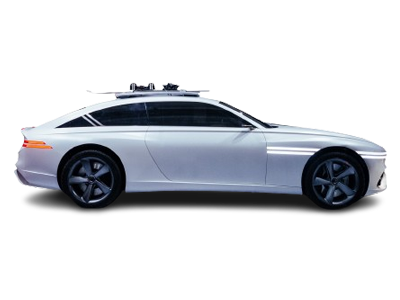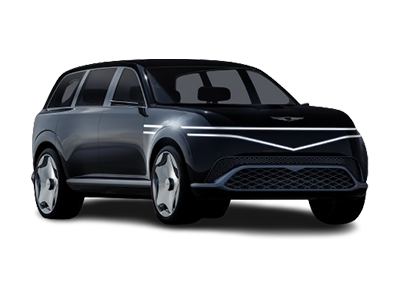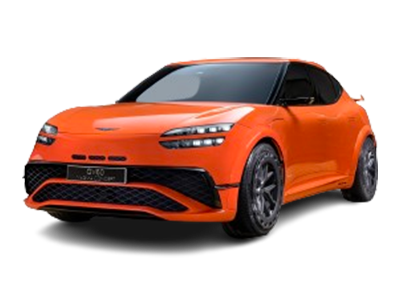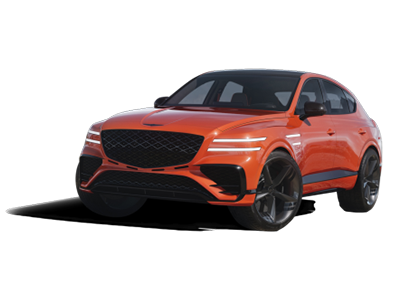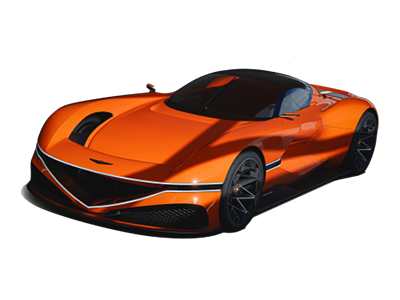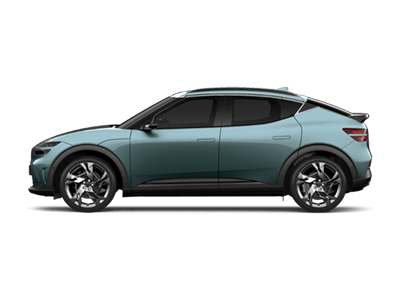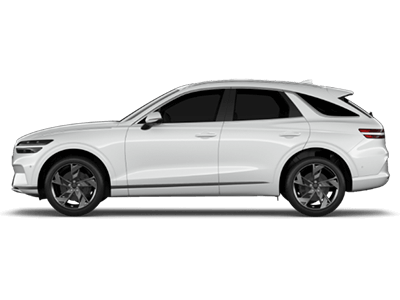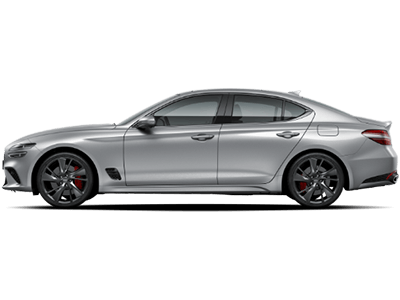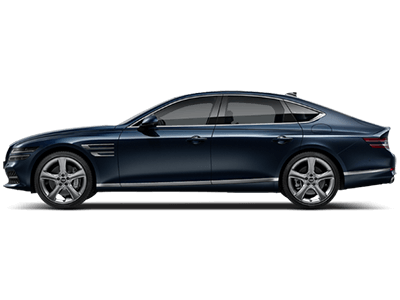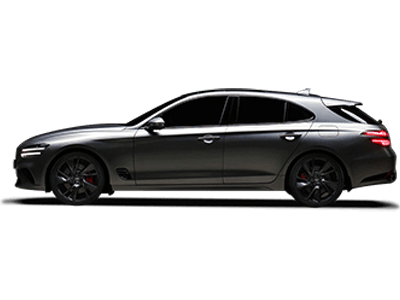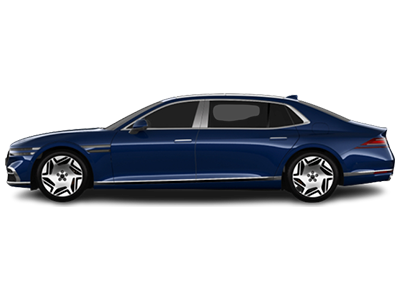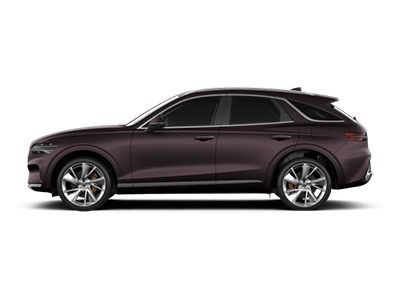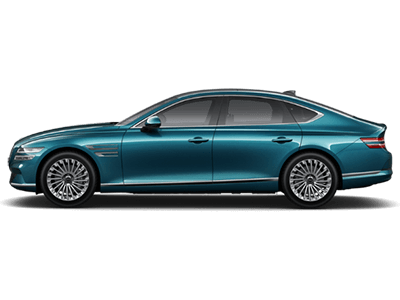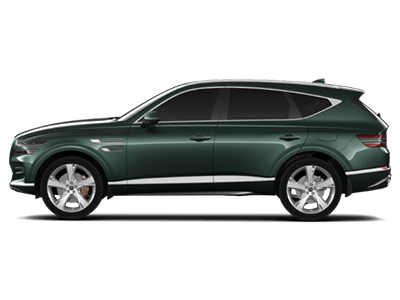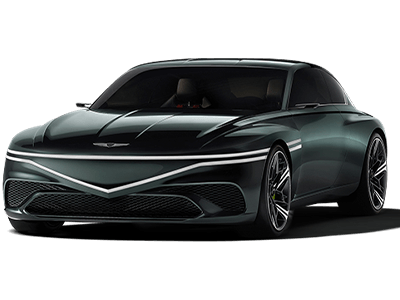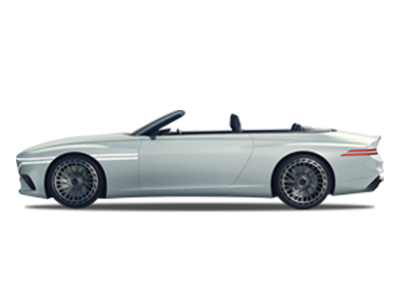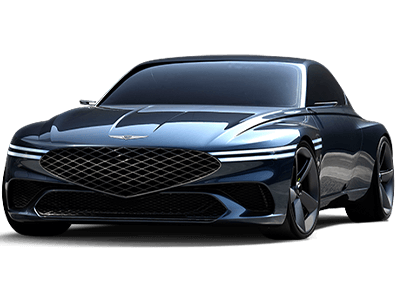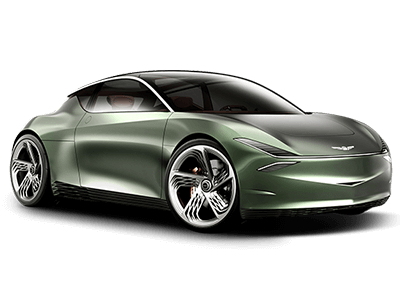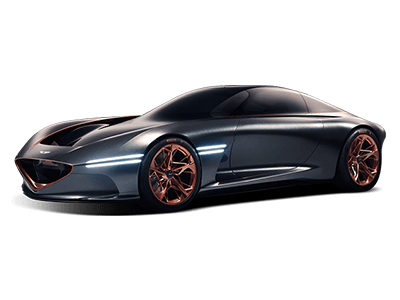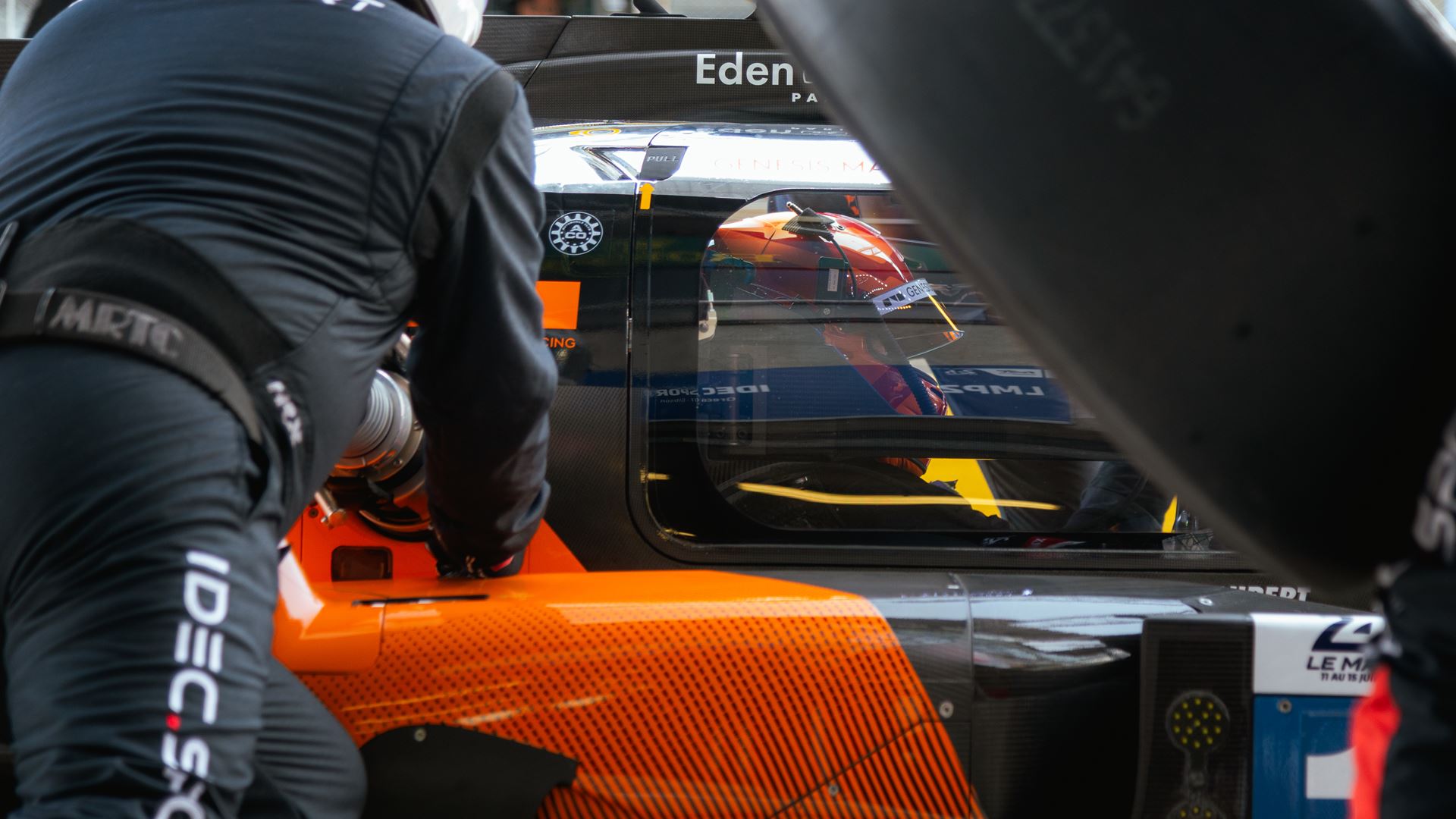- Genesis Magma Racing’s four confirmed drivers for the 2026 FIA World Endurance Championship season reflect on a successful first endurance test of the GMR-001 Hypercar
- New recruits Mathys Jaubert and Dani Juncadella speak about their first impressions after their first stints in the car
- Drivers recap major findings of the test and look ahead to the next steps in the exhaustive development phases before the car’s competitive debut
Le Castellet, France, 1 October 2025: The first endurance test for the GMR-001 Hypercar at the Autódromo Internacional do Algarve marked another key step in Genesis Magma Racing’s preparation for the 2026 FIA World Endurance Championship (WEC). Following the three days of testing, the team’s four confirmed drivers for the season – André Lotterer, Pipo Derani, Mathys Jaubert and Dani Juncadella – reflect on their experiences.
What is the aim of completing an endurance test with the GMR-001 Hypercar?
Andre Lotterer: “When you are planning to race at Le Mans, it's a 24-hour race, so the car needs to be reliable. These tests are where the car is placed under stress over a longer period of time for the first time and we get to learn about all of the different components, because everything is new. It's actually much more for the team – engineers and for the people who are behind the whole concept of the car – than the drivers. Of course, it's also good for us to get a feeling of the car by driving longer distances, especially in terms of learning a bit more about the tyre degradation and comfort for the drivers. Usually at an endurance test, you don't do that much setup work. Instead, you focus on having the car on the track as much as possible. It was good that we have managed to do that relatively early on our testing journey, which only started in the beginning of August.”
How has the development of the GMR-001 Hypercar moved forward compared to the first test with the car in August?
Pipo Derani: “Considering we've only done six days of testing, we're moving forward quickly. There’s obviously a lot, especially on the systems side, that we need to keep working on, but the Genesis Magma Racing team has been doing an amazing job so far. It's not an easy task to jump into a race series like the WEC, with so many other competitors who have been doing it for so long. To put a brand-new group of people together and make them understand each other is not easy, and so far, I think we're making good progress. There are a few areas where we could be better, but there are other areas where we are better than expected. That's part of the development and here we are, after only our sixth test day, already doing a 30-hour test. The GMR-001 Hypercar is going well so far. We had some issues to fix, but that’s expected – that’s why you do tests like these.”
What were your first impressions of driving the GMR-001 Hypercar?
Mathys Jaubert: “Driving the GMR-001 Hypercar for the first time was something very special. It's very powerful, much more powerful than anything else I’ve driven, but it is easy to drive. It's easy to find the rhythm in it. The driving style you need is closer to a GT than a single seater or a Prototype, like the LMP2. I think it’s the weight, which is creating a lot of movement in the car and makes it really rewarding to drive fast. It felt like I was dreaming. Since I was very young, I’ve aimed to enter the highest class of the endurance racing, and I'm very happy to be there and to share the car with amazing drivers such as Dani, Pipo, and André.”
How would you describe your first stints in the GMR-001 Hypercar at Portimão?
Daniel Juncadella: “My first laps in the GMR-001 Hypercar were an incredible experience. I loved it. From the get-go, what an amazing car. You can tell what a great base we have, and it's only the sixth day out of seven days of development on track. Of course, it was tough because I was jumping straight into an endurance test for my first-ever laps in the car, but I think it was obviously a good opportunity to test my physical fitness, and I think I did very well. I’m so happy to see that my fitness level is already there in the very first days with the team, and I’m already looking forward to the next test. There is a bright future ahead.”
How does the GMR-001 Hypercar compare to the LMP2 and GT cars you have driven before?
Daniel Juncadella: “I think it's a pretty good combination of an LMP2 car and a GT car. I would say in terms of drivability, it may be closer to a GT car in many aspects. However, we have no ABS in the Hypercar, so that makes it tricky. The Hypercar has a lot of systems that you need to think of, a lot more technical things that you need to learn and understand compared to other cars. It has some downforce in the high-speed sections, very similar to what an LMP2 car delivers but the GMR-001 Hypercar is a lot more powerful, which makes it really enjoyable.”
Which skills have you learned with the Genesis Magma Racing Trajectory program in LMP2 that you were able to use in your first Hypercar test?
Mathys Jaubert: “I think the biggest thing I’ve learned during my season with the Genesis Magma Racing Trajectory program in LMP2 and the European Le Mans Series is what I need to do in terms of [giving] feedback – what information do I need to give to the engineer and to all the staff to improve the car. This is something very important in this kind of a test with the Hypercar, where we are at the start and we need to develop the car. As drivers, we need to give clear feedback and focus on a specific point. Having Mathieu Leroy as our engineer makes it easier. We’ve been working together all year in ELMS, so we know each other’s language, and he knows my strengths and what I want to have with the car.”
What extra information were you able to provide after driving the GMR-001 Hypercar in darkness for the first time?
Pipo Derani: “There are some things that are [usually] not the priority while driving, which we re-evaluated when we tried driving at night for the first time. For example, we weren't particularly focusing on dimming the steering wheel display, but then when we drove at night for the first time, I realised I couldn’t see anything. Later, we were able to [adjust those settings] ourselves in the car, but we haven’t reached a point where we can focus on such comfort-related aspects yet. Rather, it’s been more about the critical systems – the engine, the chassis, and so on. Once we have our heads wrapped around those things, we can make sure we have a look at the little things, ensuring we put all those boxes away for the car before it is completed and ready to compete.”
How would you sum up the results of the test?
Andre Lotterer: “It was a very interesting test with a lot of things to analyse and questions to answer. We still covered a lot of mileage and gained a lot of information for the engineers to work with before the next test. The data from the software will obviously be downloaded and analysed, and that stuff takes some time to fine tune, but the hardware went through a rough test really well. It proved we have solved some issues from the earlier tests, but we still have some other things to deal with – nothing dramatic, but things that we still need to fix before we start racing.”


